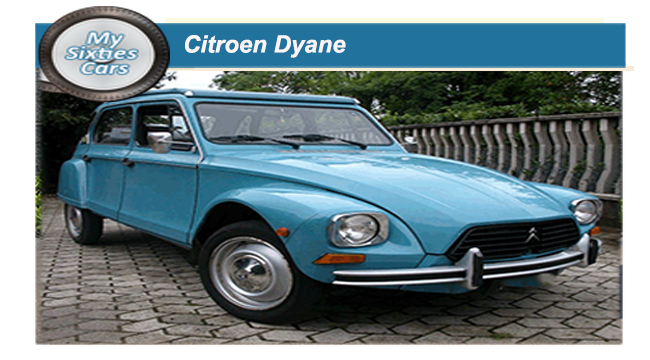
By 1967, the 2CV was approaching its 20th birthday, and Citroen were once again preparing for the moment when they would need to replace it.
Citroen had already begun to eulogise the 2CV in 1961 when they introduced the Ami 6 to replace it.
However, the news of the 2CV’s imminent discontinuation proved to be very premature as itt soon transpired out that the 2CV was a difficult car to do away with, going on to outlast the Ami 6, the E Ami and the “heir to the throne”- the Citroen Dyane, introduced in 1967.
.
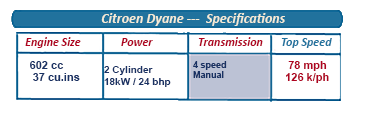
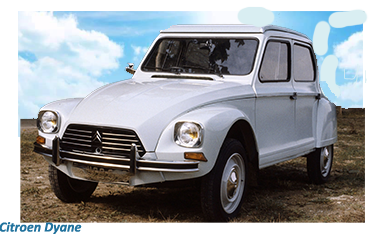 The Citroen Dyane bore a much higher resemblance to the 2CV than the “Amis “and even was built on the same chassis, although it had a new, more modern and more practical body on top.
The Citroen Dyane bore a much higher resemblance to the 2CV than the “Amis “and even was built on the same chassis, although it had a new, more modern and more practical body on top.
Much of the design work for the Dyane was handled by Louis Bionier, chief designer for the Panhard company, recently acquired by Citroën.
There was still a distinct resemblance to the 2CV, although the Dyane had a more angular shape.
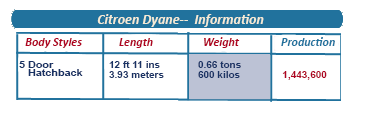 The Dyane’s headlights were incorporated into the wings, a hatchback added, and the rear seats could be folded down for extra capacity.
The full-length canvas roof from the 2CV was kept, effectively turning the Dyane into a form of convertible estate car.
The Dyane’s headlights were incorporated into the wings, a hatchback added, and the rear seats could be folded down for extra capacity.
The full-length canvas roof from the 2CV was kept, effectively turning the Dyane into a form of convertible estate car.
![]()
Citroen introduced two different versions of the Dyane; the four launched in 1967, fitted with a 425cc (26 cu in) engine.
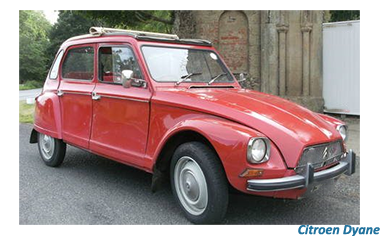 The Dyane 6, launched the following year was equipped with the same 602cc 28 bhp engine as used in the Ami 6.
The Dyane 6, launched the following year was equipped with the same 602cc 28 bhp engine as used in the Ami 6.
The Dyane remained in production till 1982, with very refinements or modifications during the fifteen years that it was part of the Citroen family- clocking up sales of over one million units.




